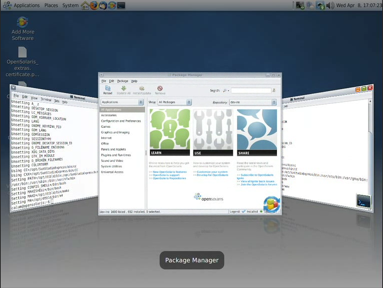It’s great to see Vincent, Owen, Federico, Karl et al. thinking about bold ways to bring the GNOME desktop into the 21st century. With guys like that motivated to make it happen, we certainly have more than a fighting chance.
But despite taking a keen interest in GNOME usability for the thick end of a decade, I haven’t specifically commented on any of their mockups. Why not?
Because if we’re serious about this undertaking, now isn’t the time to debate the merits of major design changes among ourselves. It’s the time to go out, talk to our users, watch them using GNOME, and work out what needs to change, what might be cool to change, and (just as importantly) what needs leaving alone. And that’s before we even think about making any more mockups.
And when I say “our users”, I’m not talking about the usual suspects here, either. I mean the silent majority who don’t show up at GUADEC, don’t hang out on mailing lists or IRC, and don’t file bugs. The ones who might not even use GNOME through choice, but might just have got out of bed one day to find it’s been installed on their office or school computer, or on the kiosk in their library. And the ones who don’t even know they’re running GNOME at all, but who just know they have some desktop or mobile device that doesn’t look exactly the same as Windows does at home, but that it kind of works the same.
With all due respect to those who’ve put their ideas on the line so far, making visionary mockups of a brave new world isn’t usually all that difficult—although it’s certainly fun 🙂 Making mockups that meet well-researched, documented user requirements takes a bit more effort, though, and refining those mockups into a product based on iterative feedback from a representative sample of users is, well, a lot of hard work. You only need to look at the amount of software that sucks for proof of that.
With that in mind, let’s do it!
(FWIW, I did some further waffling on this theory in my response to Stormy’s mail on the usability mailing list recently.)

